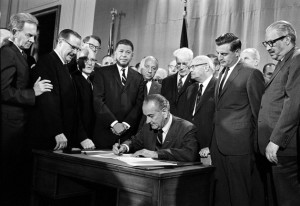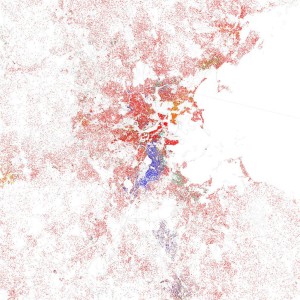As one might expect, the Obama administration has roused fresh criticism by HUD’s release of the “affirmatively furthering fair housing” rule.
The rule has been castigated as a new example of federal “overreach” and as “social engineering”; to which administration defenders reply that the rule isn’t really new, but rather an exposition of a 47-year-old law (the Fair Housing Act), and that the nation’s residentially segregated housing patterns are themselves the product of social engineering.
Before the public debate over AFFH gets too partisan, however, consider the following presidential words:
“Effective enforcement of our nation’s fair housing laws is also essential to ensuring equal opportunity. In the year ahead, we’ll work to strengthen enforcement of fair housing laws for all Americans.”
The speaker was not Obama, but Ronald Reagan, in his 1983 State of the Union address.
Later in 1983, in a July 9 radio speech, Reagan elaborated on his support of the Fair Housing Act and his intent to fortify it:
“We believe in the bold promise that no person in the United States should be denied full freedom of choice in the selection of housing because of race, color, religion, sex, or national origin. We’re proposing a series of amendments that will put real teeth into the Fair Housing Act.”
Those amendments included adding disability and familial status as protected classes, a revision accomplished by congressional year passage five years later. Reagan also proposed stepped up enforcement and stiff fines.
“We believe this is an important step for civil rights,” Reagan concluded. “For a family deprived of its freedom of choice in choosing a home, our proposal will mean swift action and strong civil penalties to prevent discrimination in the first place. As I said, we’re committed to fairness and we’re committed to use the full power of the Federal Government whenever and wherever even one person’s constitutional rights are being unjustly denied.”
So much for the notion that vigorous enforcement of the Fair Housing Act is merely a liberal cabal.



